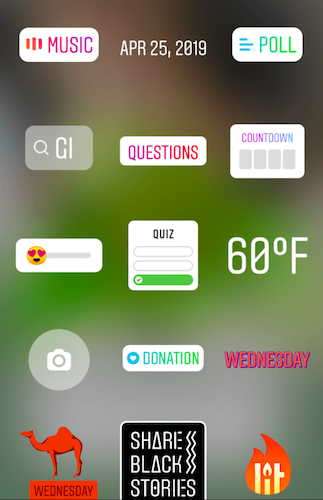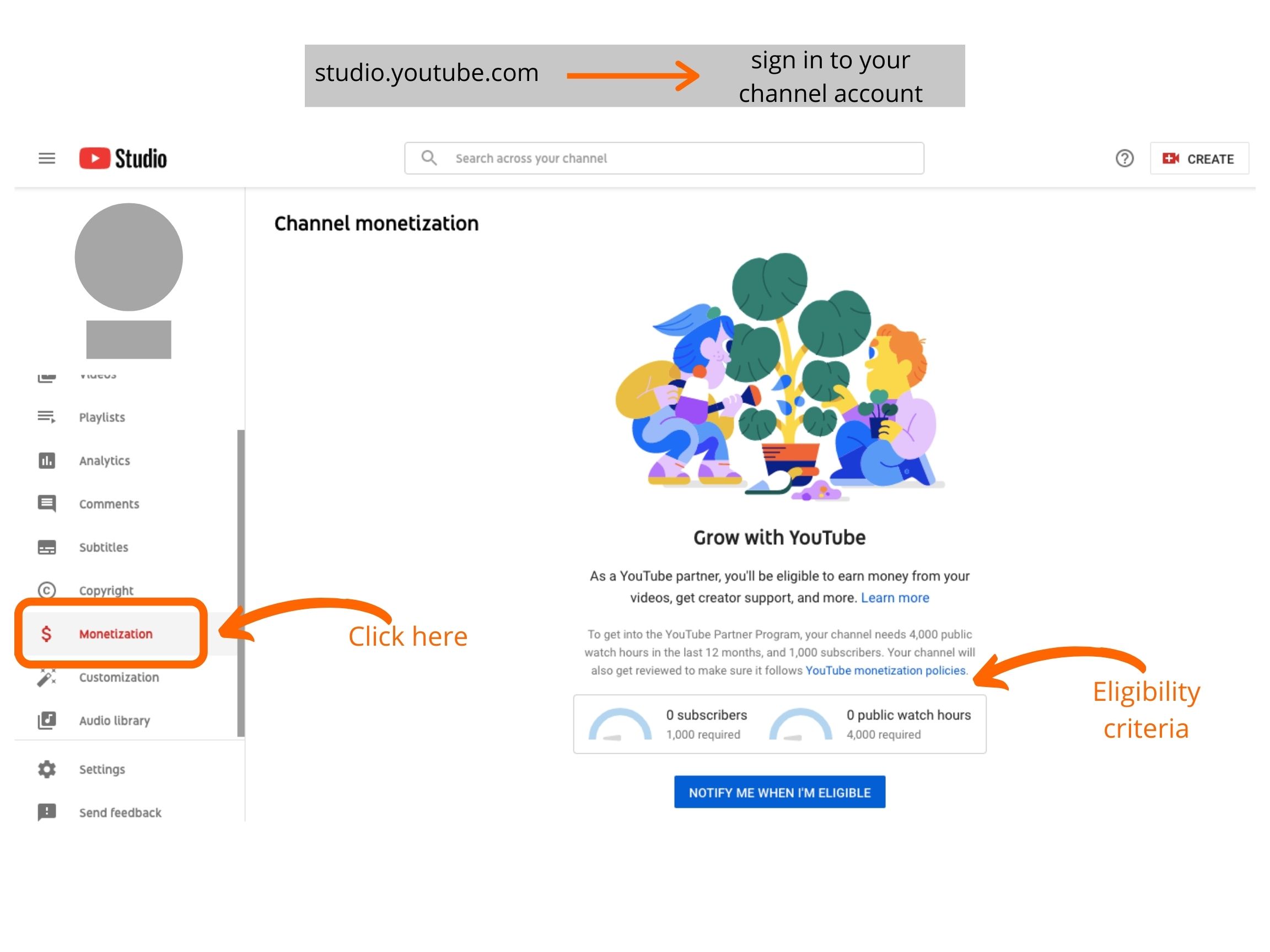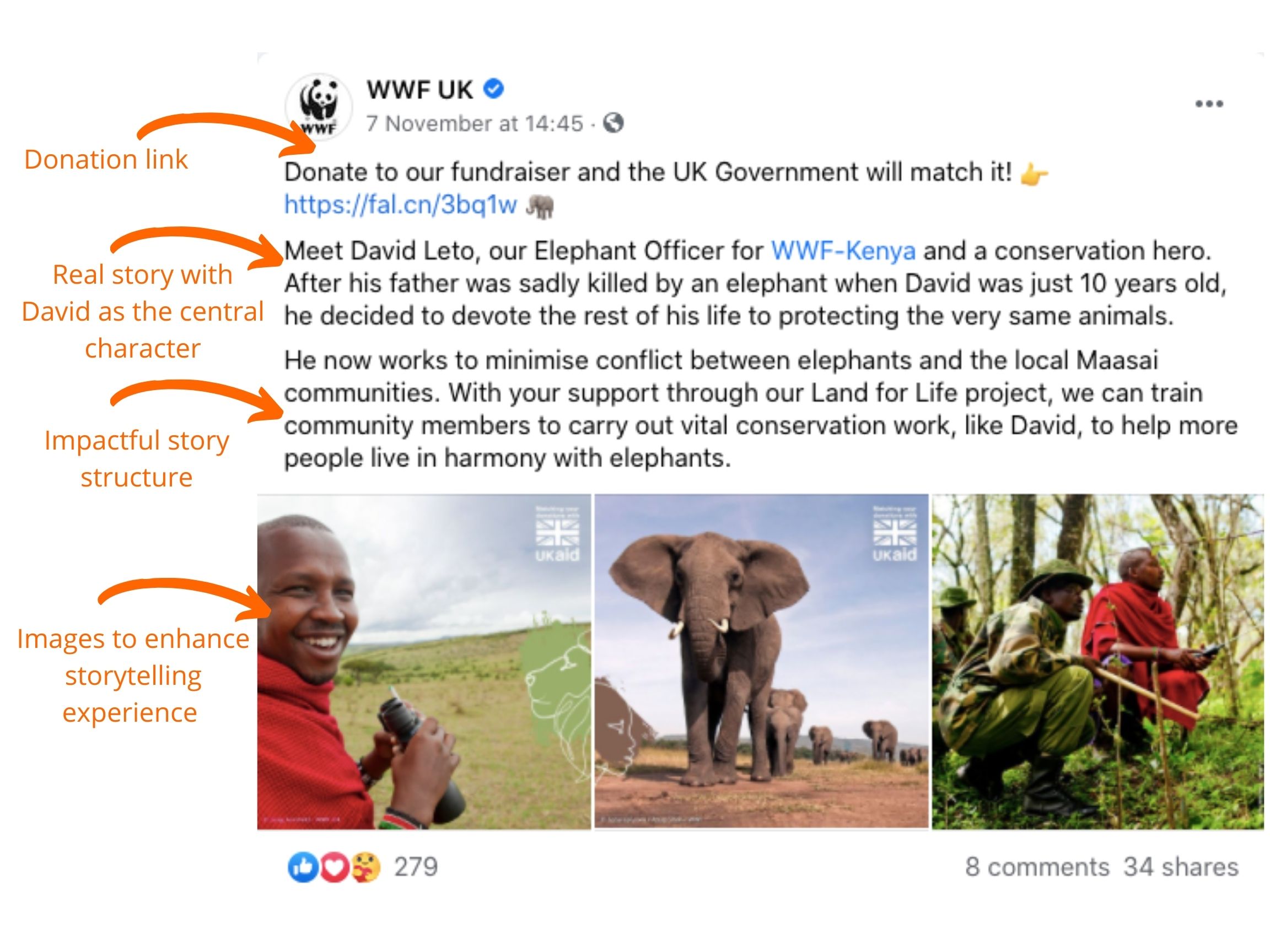Millennial donors are fast entering philanthropy and transforming fundraising with their unprecedented social exposure, loyalty to the causes they believe in, and new ways of donating.
As we enter the era of millennials occupying the largest space in the workforce, let’s look at why and how charities should involve this generation in fundraising.
Why should you get millennials to donate:
Let’s start by understanding millennials as a potential donor group:
- As of 2020, millennials (or Generation Y, 1981-1996) outnumber Generation X (1965-1980) and Baby Boomers (1946-1994) in the USA. According to the Pew research center, there are 72.1 million millennials, 65.2 million Gen-Xers, and 71.6 boomers.
- The youngest millennial will turn 25 in 2021, so a good guess is that they have settled in the first phase of their career and have some disposable income.
- The millennial generation is predicted to inherit a massive $30 trillion wealth transfer, thanks to their parents’ entrepreneurial initiatives. This, according to Forbes, is “a more significant wealth transfer than we’ve ever experienced.”
How do millennials donors behave when it comes to philanthropy?


- 84% of millennials give to charity.
- Millennials are likely to give a gift between $56 to $99. While Gen X and older age groups tend to give larger amounts individually, millennials’ collective power is convincing of their potential as a donor base.
- Millennial donors put their loyalty towards the cause, not a particular organization. If you show them that your work is truly making a difference, they will stay loyal to you.
As a nonprofit that is optimizing its donor base for the upcoming years, these statistics show why it is essential to involve millennial donors. Now, let’s see how we can get them to donate to your cause.
How do I get millennials to donate?


To get a person to support or donate, you need to engage them in your cause or organization. And to engage them, you must understand what motivates them, and their preferred communication methods.
For millennial donors, it’s no different.
To inspire this generation to support your cause with their funds, follow these steps:
- They prefer texting – so text them for donation appeals
- Use social media
- Use a multi-channel approach for follow-ups and continual targeting
- Harness the power of P2P fundraising
- Tell real stories
- Give different options for involvement
- Keep your asks small but repeat monthly
Let’s look at these points in detail.
1. They prefer texting- so text them for donation appeals
96% of millennials own a smartphone. They spend 48 minutes just texting every day.
Business interactions and conversations with nonprofits and advocacy groups have also not escaped this convenient, non-intrusive communication mode.
To target millennials for fundraising via texting, you require texting software that:
- Sends up to 100 messages per second (mass texting) – so you cover vast ground in a short time.
- Enables personalization with merge tags (such as first name, last name, city, country.) There’s nothing more easily ignored than an impersonal donation request.
- Allows images and videos to be sent with MMS bulk texting. MMS can result in 34% more conversions than passive text content.
- Allows replies. 75% of customers say they experience some level of frustration if they cannot reply to business texts. This may increase your dropout rates.
Try CallHub for free here:
→ Mass Text Messaging Service for Personalized Outreach Campaigns
→ MMS marketing software to increase engagement and boost sign-ups
- Use social media
A study by Social Breaker showed that as of 2019 Q4, the age group of 25-34 years made up 60.8% of Facebook page fans and 63.9% of all followers on Instagram. (Guess which generation this demographic belongs to? That’s right, millennials!)
Here’s how you can utilize popular social media platforms to reach millennial donors:
- Facebook: Register as a nonprofit to unlock several ways of fundraising on Facebook, including:
- Adding a donation button on your page
- Donation appeals on your posts (including a donation button and optional donation link)
- Fundraising with Facebook ads
- Fundraising with live streams
- Instagram: Create a nonprofit account on Instagram (or link it through Facebook) and add the ‘donation’ button to your page. Additionally, you can access the donation CTA in your ‘stickers’ to add to your stories.


- YouTube: Eligible nonprofits can set up fundraisers on YouTube with these steps:
Monetization → Giving → Get started →Create a fundraiser → Select existing 501(c)(3) US nonprofits or request a nonprofit → Add requested details → add/schedule videos → Publish


You can also partner with celebrities or influencers to create a fundraiser on your nonprofit’s behalf. This method is also extremely popular with millennial donors.
- Twitter: Register as a nonprofit to target tailored audiences during critical fundraising periods. Your posts can also carry custom donation links to nudge followers to contribute funds.
Read Next: 14 innovative online fundraising ideas to keep you going during social distancing
3. Use a multi-channel approach
Like other demographics, millennial donors usually do not contribute financially the first time they hear about an organization. It requires continual targeting to build sufficient trust for them to donate.
Using a multi-channel approach can secure this trust without frustrating potential donors.
- About 75% of millennials donate online. So your plan for a multi-channel approach must prioritize a social media presence and online donation pages.
- Millennials carry their world in their pocket because a smartphone can let them communicate with businesses, browse through websites, and donate with a few clicks. Thus, it is crucial to have your website, landing pages, and donation pages mobile-optimized. Read here about tools that can make your pages mobile-friendly.
- Use social media to build and advertise your fundraisers. Use image posts, videos, captions and your profile pictures to notify about upcoming opportunities, opt-in keywords and share updates.
- Ask them to opt-in to your SMS alerts and email lists, so they don’t miss out on any events, volunteering opportunities, or fundraisers.
- Use peer-to-peer texting for personal conversations with supporters and donors who have engaged with you in the past.
- Using text-to-donate, you can nudge interested parties to contribute to your organization.
- Use telephone fundraising for donors who have shared their number, given consent to call, and are highly engaged with your organization.
Useful Resources:
→ Fundraising strategies and tips using peer to peer texting
→ A Quick Guide to Kickstart Telephone Fundraising
→ Personalized Text Messages – Get Started (With Examples!)
4. Harness the power of P2P fundraising
In a 2019 study about fundraising, 47% of millennial donors said they are more likely to give if asked in front of others.
Moreover, if a friend requests donations, this generation is more likely to give than when a stranger solicits.
P2P fundraising hits both these marks.
You can harness its advantages by:
- Asking current loyal donors (preferably of similar age groups) to reach out in their social circles and target millennials for donation appeals.
- Create a fundraising plan for those who agree to participate. This includes methods of communication, target donors, target amount to fundraise, and scripts to follow.
- Arrange for incentives (Eg., gift vouchers or merchandise), so more current donors participate and new donors come on board.
- Set a timeline for the P2P fundraising campaign to create a sense of urgency and competition.
Doctors Without Borders has an entire model based on peer-to-peer fundraising. They encourage supporters to raise funds on their behalf during special occasions, athletic events, in their workplaces and to keep up with the COVID-19 situation, with online streaming.


A supporter just needs to fill a form and complete formalities with their team to get started.
Not only does this outsource fundraising effort, it also gives major nonprofits a way to start grassroots fundraising.
Related Reading: Top 10 Peer to Peer Fundraising Tools
5. Tell real stories
Millennials have grown up with the internet and social media, which has led to massive exposure to social, political, and environmental causes. As a result, they are compassionate, generous, and active participants in causes they truly believe in.
When you are presenting your case to them, do not underestimate the power of storytelling. Your impact could be massive, but the real, grassroots stories can really move a person to contribute repeatedly.
Remember these elements of good storytelling when telling yours:


Nonprofit storytelling example:


Read Next: How to Get Your Lapsed Donor to Donate Once Again.
6. Give different options for involvement (donation, volunteering, etc.)
Millennials believe in working for intrinsic value more than anything else. By giving them various options to contribute, you convey that their involvement is most important—whether with donations, social media engagement, volunteering, or something else.
You allow them to get involved even if they can’t donate at that moment.
When they oblige to a small ask, you can nurture them to become repeat donors gradually.
| Steps to take | Objective |
| Begin with a small ask (a social media follow, subscribing to newsletters, SMS opt-in) | To populate your foundation base. |
| Send a confirmation message or email (as appropriate) to those who respond immediately. Provide other options of engagement for those who don’t. |
Some people from the initial list are about to trickle out. But your objective here is to keep adding prospects to the pipeline. |
| Begin continual communication with the people who have subscribed, followed, or opted in. This can be through emails or text blasts. Make slightly bigger asks (sharing posts on their social media, taking a survey) |
To establish a relationship with prospects and nudge engaged individuals towards the next step. |
| Segment people who have responded to the asks and those who haven’t yet into separate lists. The former are more engaged in your cause or organization. The latter segment is yet to reach that point. |
For more personalized conversations that reflect their level of engagement and contribution history. |
| Move on to make even bigger asks to those who have responded to your previous appeals (eg., a small donation amount). Continue sending smaller asks to others. |
The objective here is to keep nudging engaged individuals to get more involved with your organization. Continual communication with those who haven’t responded to bigger asks yet keeps the relationship going. |
| Continue this ladder of engagement method for every cycle of new donors. | To add new prospects to the pipeline and nurture them into repeat donors. |
There are various ways you can ask millennials to get involved:
- Following on social media
- Subscribing to emails
- Opting in for SMS updates
- Taking surveys
- Sharing their phone numbers for calls/texts
- Sharing social media posts
- Volunteering
- Giving small donations
- Contributing major donations
- P2P fundraising
Read Next: 6 Ways to capture and retain young donors for Nonprofits
7. Keep your asks small but repeat monthly
Millennial households are earning more than what previous generations made at their age. However, the purchasing power of their paychecks remains the same as it was 40 years ago. Additionally, they are knee-deep in student loans and other debts, which means they have a low disposable income.
Asking them for small but repeating donations can be beneficial for both parties. A monthly giving program with small but consistent donations, can help you raise funds and retain donors. Here’s all you need to know about it: How to Launch a Successful Monthly Giving Program for Your Nonprofit.
Mistakes to avoid:
Focusing entirely on millennials
Millennials are a terrific demographic to raise funds from. However, your donor acquisition plan should not exclude other generations that may be suitable or already giving to you.
For instance, if a majority of your current donors are middle-aged and prefer offline giving and communication via calls, don’t change that entirely just to suit prospective millennial donors.
Remember, boomers donation requests and millennial fundraising are two parts of your aim to raise funds. They are not mutually exclusive.
Treating millennials as kids
Even though they are a young generation, treat millennials as the adult donors and volunteers that they are.
By that, we mean respecting their choices and preferences, not as a “new fad of young kids” but rather the revolutionary changes they bring to the communication and giving spaces.
As we discussed previously, millennials are set to become the dominant generation in the workforce. Your current communication and donation practices must not become obsolete when they take over and, rather, should reflect the changes that the 80s and 90s generation is bringing.
Not updating information
There are two ways you can go wrong with not updating information:
- Information about your organization and cause: The younger generations are constantly tracking and keeping themselves informed of progress about the platforms and causes they are dedicated to. By keeping information on your website and social media stale, you can lose their interest.
Solution: Dedicate a team to track and update your online platforms continually. Your website and social media platforms should always reflect progress on campaigns, latest notifications, and updates.
- Information about your donors: Has your donor changed their address, but your contact list hasn’t updated? Such errors during outreach campaigns can upset supporters. It’s important to stay on top of the latest changes and updates with regards to donors.
Solution: Invest in a CRM that integrates with calling or texting software like CallHub along with website forms and other data collection channels, to keep the database updated.
Not investing in texting or calling tools
Social media is excellent, and millennials are active on it. But it also gives users an overwhelming amount of information, and millennials know that personalization is only due to algorithms. Personal communication between two humans, such as through texting and calling, is noticed and appreciated.
To keep the millennial donors engaged with your cause and organization, make sure you invest in texting and calling software that makes personalization and data collection easy for you. Less work for you and more satisfaction for your donors!
Feature image source: Tiago Rosado/Unsplash.


